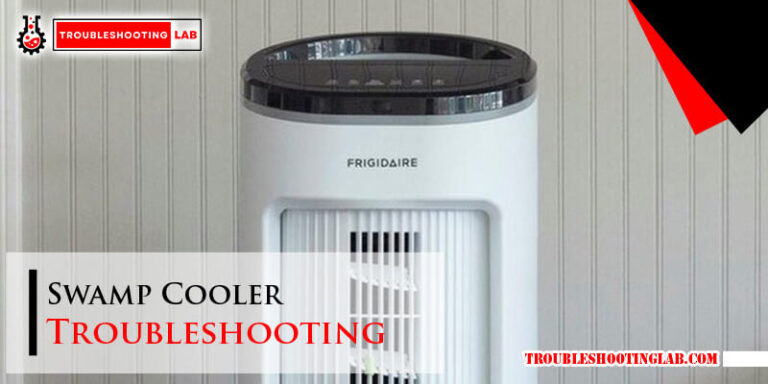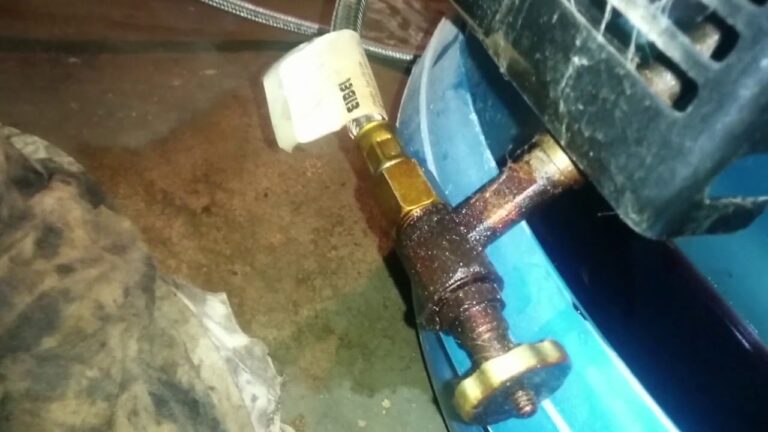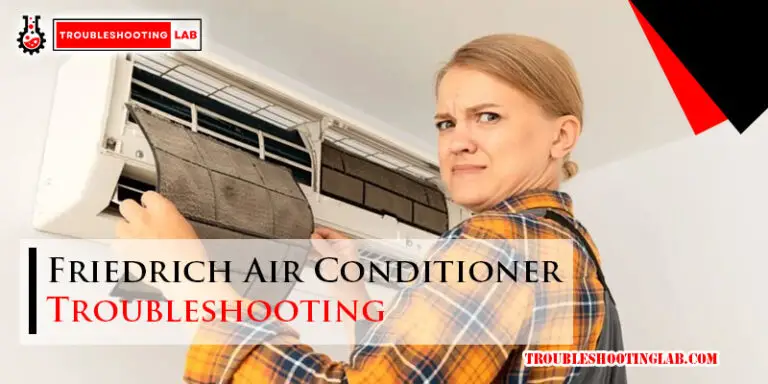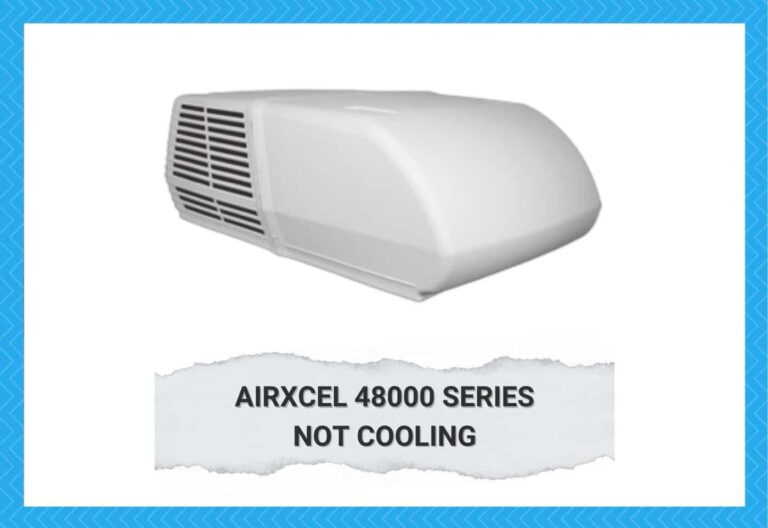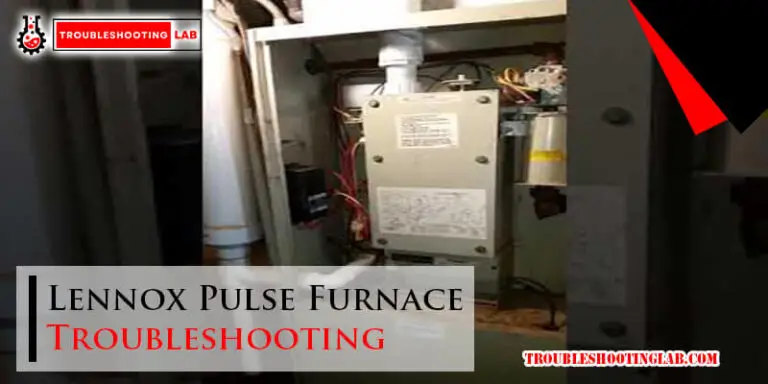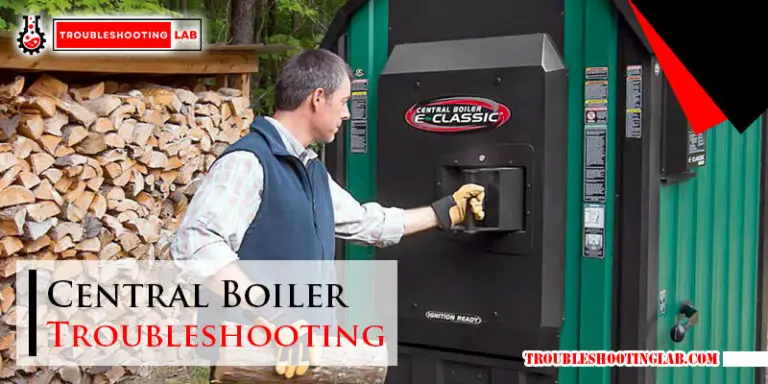Superior Fireplace Troubleshooting: Expert Tips for Quick Fixes
Fireplaces bring warmth and comfort to homes. But sometimes, issues arise.
Superior fireplaces are known for their quality. Still, even the best can have problems. Whether it’s a malfunctioning pilot light, unusual noises, or poor heating, knowing how to troubleshoot can save time and money. This guide will help you identify common issues and offer practical solutions.
Understanding these troubleshooting steps will ensure your fireplace runs smoothly and efficiently. So, let’s dive in and keep your home cozy with a well-functioning Superior fireplace.

Credit: superiorfireplaces.us.com
Common Issues
Fireplaces add warmth and charm to any home. Yet, they can develop issues that need troubleshooting. Understanding common problems can help you keep your fireplace running smoothly.
No Ignition
If your fireplace won’t ignite, several factors might be at play. Check the gas supply first. Ensure the gas valve is open and the gas line is intact. Next, inspect the igniter for dirt or damage. Clean it if necessary. If the igniter still doesn’t work, it may need replacement.
Pilot Light Problems
The pilot light is crucial for fireplace operation. If it won’t stay lit, check for drafts in the room. A strong draft can blow out the pilot light. Also, examine the thermocouple. This device senses the pilot flame and shuts off the gas if the flame is out. A faulty thermocouple can cause the pilot light to go out. Replace it if needed.
Flame Problems
Flame issues in your Superior fireplace can cause frustration and safety concerns. Understanding these problems and how to fix them ensures a cozy, safe home. Let’s dive into two common flame problems: weak flame and yellow flame.
Weak Flame
A weak flame can indicate several issues. Here are some possible causes and solutions:
| Possible Cause | Solution |
|---|---|
| Dirty Burner | Clean the burner to remove debris. |
| Low Gas Pressure | Check the gas pressure. Contact your gas provider if needed. |
| Clogged Pilot Assembly | Inspect and clean the pilot assembly. |
| Thermocouple Issues | Replace the thermocouple if it is faulty. |
Yellow Flame
A yellow flame might look pretty but could signal a problem. Here are some reasons and fixes:
- Dirty Burner Ports: Clean the burner ports to ensure proper air mix.
- Improper Air Shutter Adjustment: Adjust the air shutter for a blue flame.
- High Gas Pressure: Lower the gas pressure to correct the flame color.
- Blocked Ventilation: Check and clear any obstructions in the vent.
Keep your fireplace flame healthy and bright. Regular maintenance prevents these issues.
Odor Detection
Detecting unusual odors from your fireplace can be a sign of a problem. It’s important to identify and address these smells early. This can prevent potential hazards and ensure your fireplace operates safely.
There are specific smells you should be aware of. Below, we discuss two common types: burning smells and gas smells.
Burning Smell
A burning smell from your fireplace can indicate various issues. It might be the result of dust accumulation. Dust can settle in the fireplace during periods of inactivity. When you light the fireplace, the dust burns off, causing the smell.
Another cause might be a foreign object. Check if something has fallen into the fireplace. Remove any objects that shouldn’t be there. Also, inspect the chimney for blockages. A blocked chimney can cause smoke and odors to enter your home.
If you notice this smell often, it might be time for a professional inspection. Regular maintenance can help keep your fireplace in good condition.
Gas Smell
A gas smell should never be ignored. It can indicate a gas leak. Gas leaks are dangerous and require immediate attention. If you smell gas, turn off the fireplace. Open windows for ventilation. Avoid using electrical switches or creating sparks.
Call a professional immediately. They can inspect and repair any leaks. Ensure your gas fireplace is regularly serviced. This can prevent leaks and ensure safe operation.
Regular checks and prompt action can help maintain a safe and odor-free fireplace. Stay vigilant and address any unusual smells promptly.

Credit: superiorfireplaces.us.com
Noise Concerns
Noise concerns can be frustrating for fireplace owners. Understanding the source of noises helps maintain a peaceful home. Let’s explore common noise issues and solutions.
Popping Sounds
Popping sounds can occur in fireplaces. These noises often come from the metal parts expanding and contracting with temperature changes. Check for loose components. Tighten any that seem wobbly. Also, inspect the firewood. Using dry, seasoned wood reduces popping noises.
Whistling Noises
Whistling noises usually point to airflow issues. Inspect the vent or chimney for blockages. Clean out any debris or soot. Ensure the damper is fully open. Sometimes, the gas supply line can cause a whistle. Check for leaks or blockages in the line. Adjusting the burner settings may also help.
Heat Output
Understanding heat output is crucial for maintaining a comfortable home. A superior fireplace should provide consistent and adequate warmth. Yet, many encounter issues with their fireplace’s heat output. Let’s explore common problems and their solutions.
Low Heat
Does your fireplace produce less heat than expected? First, check the thermostat settings. Ensure the temperature is set correctly. Next, inspect the gas supply. A blocked or restricted gas line can limit heat output.
Clean the burner and pilot light. Dirt can obstruct the flow of gas. Also, verify the venting system. Blocked vents can hinder performance. Regular maintenance can prevent these issues.
Uneven Heat
Experiencing uneven heat distribution? First, examine the blower fan. A malfunctioning fan can cause heat to spread unevenly. Clean and maintain the fan regularly. Dust and debris can accumulate, affecting performance.
Next, check the positioning of the fireplace. Ensure it is in an optimal location. The design and layout of your room can impact heat distribution. Also, consider using a heat reflector. This simple device can help spread warmth more evenly.
Ventilation Issues
Fireplaces add warmth and charm to any home. But ventilation issues can cause problems. Proper airflow ensures your fireplace functions safely and efficiently. Common ventilation issues include blocked vents and smoke buildup.
Blocked Vents
Blocked vents can restrict airflow, causing your fireplace to underperform. Debris, bird nests, or soot can clog the vents. Regularly inspect and clean your vents to avoid blockages. Use a flashlight to check for obstructions. A professional inspection can help if you’re unsure.
Smoke Buildup
Smoke buildup in your home can indicate a ventilation problem. Poor airflow can cause smoke to enter your living space. This can be harmful and uncomfortable. Ensure your chimney is clear and functional. Check the damper to ensure it’s open and working properly. Regular maintenance and professional checks can prevent smoke issues.
Remote Control Problems
Superior fireplaces offer convenience and comfort. But remote control problems can disrupt their use. Understanding and troubleshooting these issues is key. This section covers common remote control problems and solutions.
Unresponsive Remote
An unresponsive remote can be frustrating. First, check if you are within range. Most remotes work within 20 feet. Ensure there are no obstructions between the remote and the fireplace. Try moving closer to the fireplace.
Next, verify the remote’s settings. Sometimes, buttons get pressed accidentally. Make sure the remote is set to the correct mode. If all else fails, reset the remote. Check the manual for reset instructions.
Battery Issues
Battery issues are common with remotes. Weak or dead batteries can cause problems. Replace the batteries with new ones. Ensure you use the correct type.
Check the battery terminals. Sometimes, they get dirty or corroded. Clean them with a dry cloth. Make sure the batteries are inserted correctly. Follow the positive and negative markings.
Glass Cleaning
Keeping your fireplace glass clean ensures a clear view of the flames. Dirty glass can ruin the beauty of your fireplace. Regular cleaning helps maintain a pristine appearance. Let’s explore some common issues with fireplace glass and how to address them.
Cloudy Glass
Cloudy glass can obstruct your view. It often results from a buildup of residue. This may come from gas or wood. To clean it, use a fireplace glass cleaner. Apply the cleaner and wipe with a soft cloth. Avoid abrasive materials. They can scratch the glass. Regular cleaning prevents residue buildup.
Soot Buildup
Soot buildup is another common issue. It can make the glass appear black and dirty. Soot comes from incomplete combustion. Use a mixture of vinegar and water to clean it. Spray the solution on the glass. Wipe it clean with a soft cloth. For stubborn stains, use a fireplace cleaner. Regular cleaning reduces soot buildup.
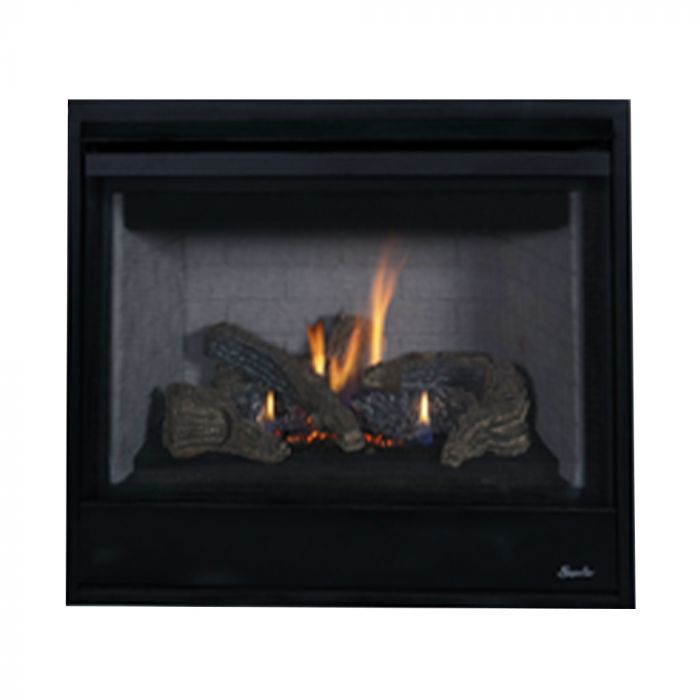
Credit: www.fireplacesdirect.com
Frequently Asked Questions
Why Is My Superior Fireplace Not Igniting?
Check the gas supply and make sure the pilot light is on.
How Do I Reset My Superior Fireplace?
Turn off the power, wait a minute, then turn it back on.
Why Is My Superior Fireplace Making Noise?
It could be due to loose parts or debris in the burner.
How Often Should I Service My Superior Fireplace?
Service your fireplace once a year to ensure safety and efficiency.
What Should I Do If My Superior Fireplace Smells Like Gas?
Immediately turn off the gas supply and call a professional for inspection.
Conclusion
Troubleshooting your fireplace can seem tough, but it doesn’t have to be. Follow these simple steps to identify and fix common issues. Regular maintenance keeps your fireplace working efficiently. Remember to always prioritize safety and consult a professional for complex problems.
Enjoy a warm and cozy fire without the hassle. With these tips, you can handle minor fireplace problems with ease. Stay warm and safe all winter long!

